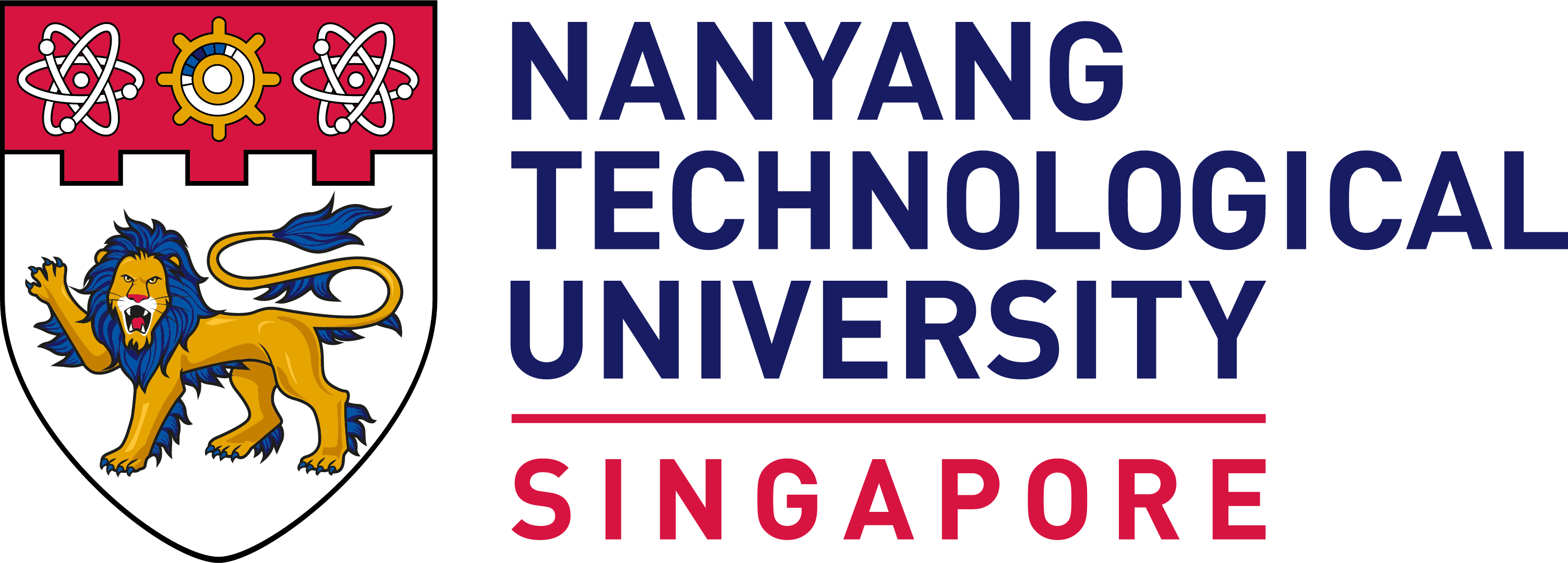Protecting confidentiality when publishing
As a researcher, you may work with sensitive topics, participants, or organizations that prefer to remain anonymous, particularly in high-risk studies. To ensure ethical publication of research findings while protecting the identities of participants and institutions, you are strongly recommended to adopt the following best practices for maintaining confidentiality. By implementing these measures, you can responsibly share your research findings whilst safeguarding the privacy and confidentiality of all parties involved.
If unsure, please do not hesitate to contact irb@ntu.edu.sg at any stage of your research.
- Do Not Include Identifiable Data in Publications:
a. Do not use names, initials, or even identifiable quotes unless explicit consent was obtained.
b. Use pseudonyms or aggregated categories to obscure identifying details. For example, instead of Mr Lim Tee Meng (Principal of ACIS) emphasized the important role of parents in…, use Mx P1 (Principal of a Junior College) emphasized the important role of parents in…, or One of the principals that we interviewed emphasized the important role of parents in…
- Institutional Anonymity in research and publications: If explicit consent to quote real name of an institution was not granted or possible to obtain due to some unforeseen difficulties or cultural norms; or the institution involved in your research requested to remain anonymous in your publications, you must:
a. Use a generic noun to describe the institution. For e.g., in research on museum experience, in your publication, instead of stating the Tan Tock Seng Hospital in Singapore experienced high volumes of visitors..; use a hospital in Singapore experienced high volumes of visitors…
b. Refrain from including descriptive or identifiable details that could indirectly identify the institution, especially when such details narrow down possibilities. For example, avoid the biggest and most centralised hospital in Singapore experienced high volumes of visitors… as this could reveal the identity of the hospital given the limited number of hospitals in Singapore.
Aggregate results to prevent identification of individuals or institutions. For example, instead of ACSI Singapore, use a Junior College in Singapore [or even “SE Asia”].
Transparency with Participants & Institutions:
- If identifiable data is intended for publications, it is necessary for the consent to be explicitly obtained by the individual (or institution). For example, in the informed consent form, you can have various consent options for participants:
a. I would like to disclose my personal information and allow my name (or title or affiliation) to be published/quoted.
b. I would like my name (or title or affiliation) to be anonymized in this study and its publications.
- Clarify any limits to confidentiality, such as mandatory reporting laws. Refer to NTU’s consent form templates if unsure.

